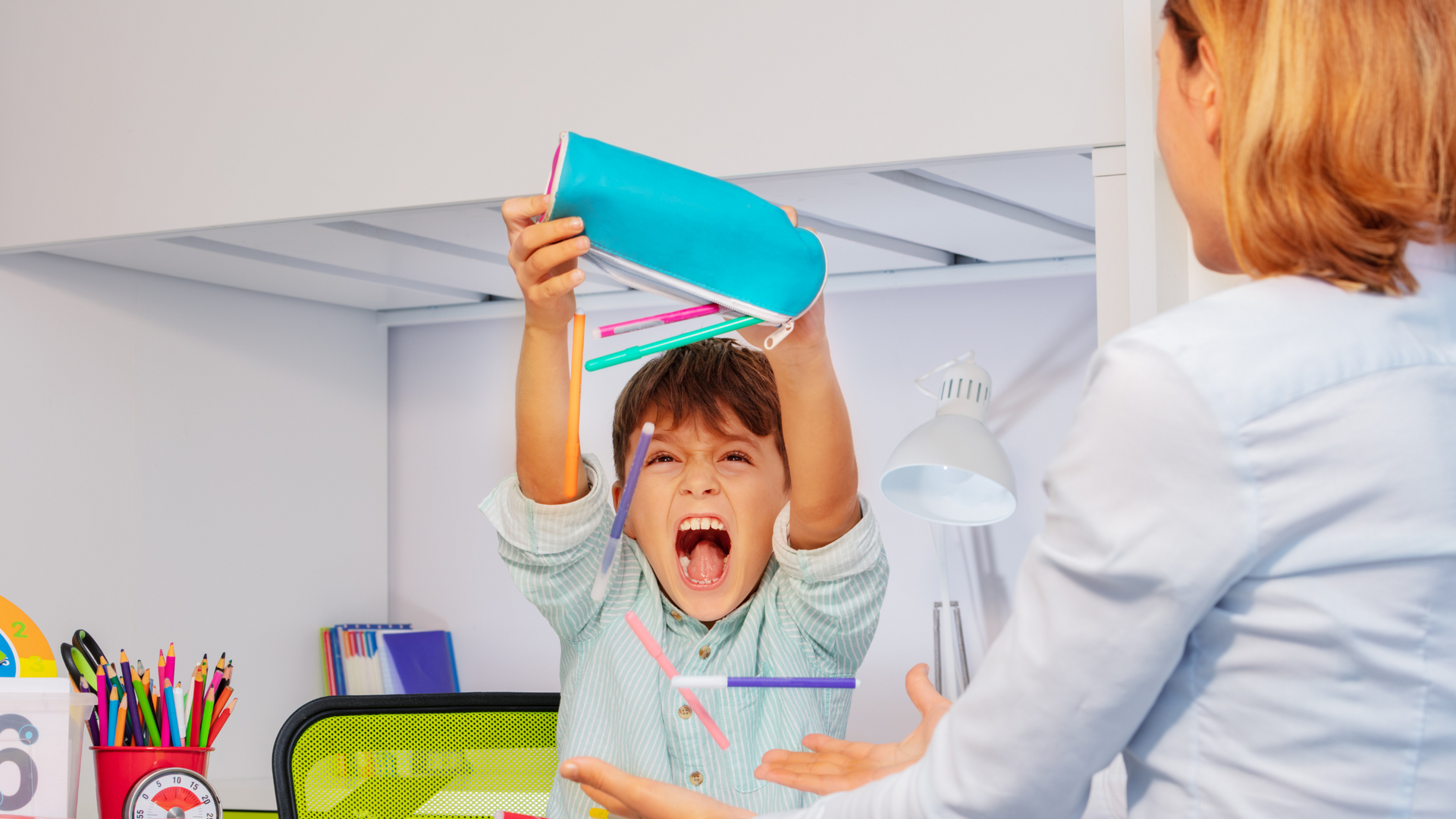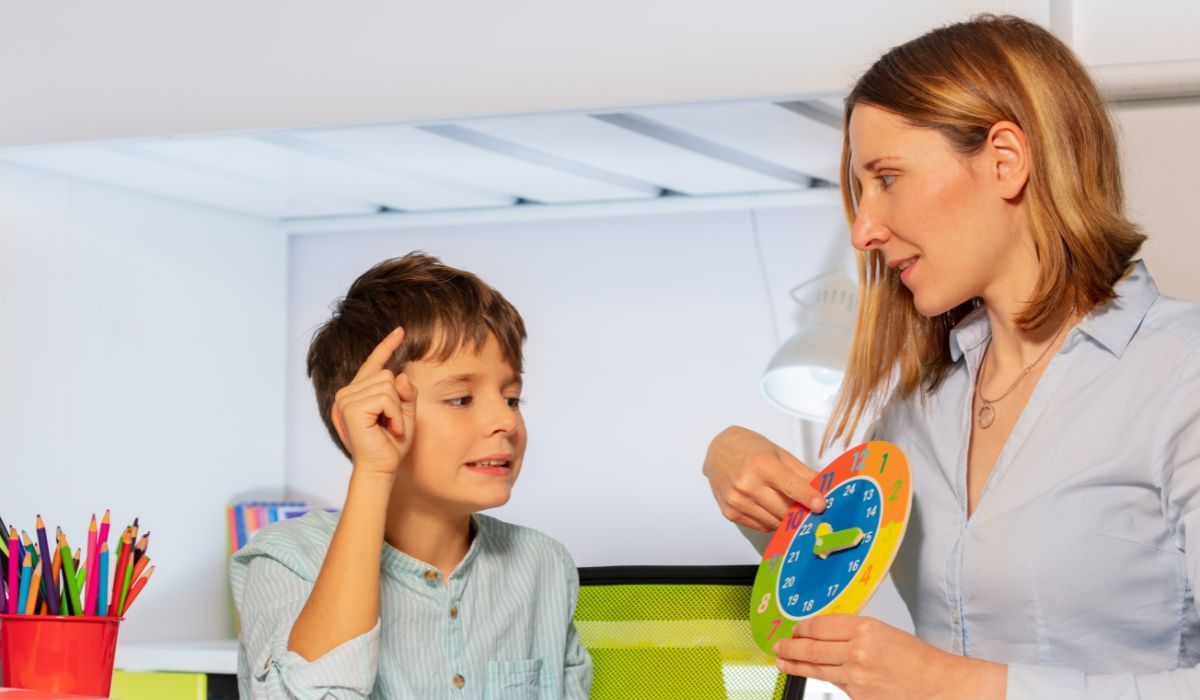How to Make Child Autism Therapy More Successful
When it comes to supporting your child’s development, choosing the right strategies and services in child autism therapy can make a life-changing difference. Parents and caregivers often seek effective ways to enhance therapy outcomes, and the good news is that there are practical, research-supported approaches that can help your child make meaningful progress. Whether you're just starting your journey or looking to improve an existing therapy plan, understanding the most impactful elements of care is essential.
From personalized support through ABA applied behavior analysis to choosing reliable ABA agencies Maryland, this guide outlines proven methods to maximize success in therapy and create a path of growth and empowerment for your child.
Choose the Right Therapy Model
One of the first steps to making child autism therapy more successful is selecting the right therapeutic model. Applied Behavior Analysis (ABA) is one of the most widely used and evidence-based approaches for helping children develop communication, learning, and social skills.
Many families benefit from connecting with specialized services like aba autism therapy Maryland, which provide structured and personalized plans to support developmental goals. These plans focus on positive reinforcement and breaking complex behaviors into manageable, teachable steps.
Before choosing a therapy provider, make sure they:
- Offer individualized treatment plans.
- Conduct a detailed initial assessment.
- Include measurable goals and regular evaluations.
- Employ credentialed professionals trained in aba autism methods.
Involve the Family in the Therapy Process
Family involvement is a critical factor in the success of any therapy program. When parents and caregivers actively participate, children are more likely to generalize skills across different environments. This means they can apply what they learn in therapy at home, school, and in the community.
You can enhance your child’s therapy by:
- Attending parent training sessions.
- Practicing skills learned in therapy during daily routines.
- Providing consistent reinforcement strategies at home.
- Asking questions and maintaining open communication with therapists.
ABA therapists often collaborate closely with families to tailor interventions and offer guidance. Working with aba agencies Maryland that value family input can make your experience smoother and more effective.
Set Realistic and Measurable Goals
One mistake families and providers sometimes make is setting broad, unrealistic goals. Effective child autism therapy involves establishing clear, achievable, and measurable objectives. These allow therapists to track progress and make adjustments as needed.
Goals should be:
- Specific: “Respond to name 4 out of 5 times” instead of “Improve attention.”
- Measurable: Include a baseline and desired performance outcome.
- Achievable: Based on the child’s current skill level.
- Time-bound: With regular reviews and updates.
Work with providers who understand how to create and revise goals based on your child’s development and emerging needs. Professionals trained in aba applied behavior analysis will typically rely on data-driven decision-making to keep the plan aligned with your child’s progress.
Consistency is Key
One of the most effective ways to enhance outcomes in child autism therapy is maintaining consistency. Children thrive on structure and repetition, especially when learning new skills. Having a consistent daily routine and sticking to therapy schedules helps reduce anxiety and promotes learning.
Here’s how you can support consistency:
- Follow the same routines at home as used in therapy.
- Use consistent language, prompts, and rewards.
- Schedule therapy sessions at regular times each week.
- Keep a communication log between home and therapy providers.
Consistency should also apply to the personnel working with your child. A familiar therapist or team can build trust more quickly and reduce time spent re-learning routines.
Track and Celebrate Progress
Celebrating small wins along the way can motivate both the child and the family. When you acknowledge progress, no matter how small, you build confidence and reinforce positive outcomes.
Here are some ideas to track and celebrate milestones:
- Keep a progress chart or visual tracker at home.
- Reward your child with praise, stickers, or a special treat.
- Share progress updates with family members and teachers.
- Take photos or videos to document achievements.
Professionals from aba autism therapy Maryland centers often provide detailed session notes and progress graphs, which are valuable tools for tracking development and determining next steps.
Collaborate Across All Settings
A child’s world includes more than just the therapy environment. Schools, playgrounds, doctor visits, and social outings all present opportunities for learning and practicing new skills. Collaborating with educators, caregivers, and healthcare providers helps ensure that strategies used in therapy are reinforced across settings.
You can improve coordination by:
- Sharing therapy goals with your child’s teachers.
- Participating in Individualized Education Program (IEP) meetings.
- Providing copies of behavior intervention plans to other caregivers.
- Asking your therapy provider to consult with school staff if needed.
Many aba agencies Maryland offer school-based and in-home services that help bridge the gap between different environments. This holistic approach is vital for long-term success.
Prioritize Communication Skills
While each child’s goals may vary, communication is often a top priority in child autism therapy. Whether your child is learning to use words, gestures, or communication devices, helping them express needs and thoughts is life-changing.
Focus on:
- Encouraging requests for favorite items or activities.
- Teaching basic conversation skills (e.g., greetings, turn-taking).
- Using visual supports, such as picture exchange systems.
- Celebrating all forms of communication.
Therapists trained in aba autism programs will frequently integrate functional communication training (FCT) to support expressive and receptive language development.
Use Positive Reinforcement
Positive reinforcement is the cornerstone of ABA and one of the most effective tools for teaching new behaviors. It involves providing something desirable immediately after the desired behavior to increase the likelihood that it will happen again.
Effective reinforcement strategies include:
- Praise (“Great job cleaning up!”)
- Tangible rewards (stickers, tokens, small toys)
- Preferred activities (extra playtime, favorite games)
- Social approval (high-fives, hugs)
The key is to identify what motivates your child and apply it consistently. Over time, therapists may use a reinforcement schedule that gradually shifts from frequent rewards to natural consequences.
Evaluate and Adjust Regularly
Even the best-designed therapy plans need periodic evaluation. Your child is growing and learning, and therapy should evolve accordingly. Make it a priority to review progress and determine if adjustments are needed.
- Reassess goals every few months.
- Identify areas of plateau or regression.
- Introduce new targets as current ones are mastered.
- Evaluate therapist-client compatibility.
An experienced provider in aba autism therapy Maryland will conduct regular assessments and data reviews to ensure the therapy remains relevant and effective.
Find the Right ABA Provider
Your choice of provider can significantly influence the success of therapy. Look for a team that offers transparency, flexibility, and compassion, with a strong track record in delivering effective aba applied behavior analysis programs.
When evaluating a provider:
- Ask about the qualifications of therapists.
- Inquire about data collection methods and parent training.
- Request references or reviews from other families.
- Ensure the program aligns with your child’s individual needs.
Working with well-established aba agencies Maryland gives you peace of mind that your child is receiving quality care backed by science and compassion.
Conclusion: Your Role in Therapy Matters
Making child autism therapy more successful is a collaborative effort between families, therapists, and educators. By staying engaged, setting realistic goals, maintaining consistency, and working with a high-quality provider, you can make a meaningful impact on your child’s development.
Every small step forward is a victory — and with the right support, these steps can lead to long-term progress and greater independence.
About Us
At Able Minds ABA, we’re here to meet your child where they are — at home, at school, or even online. Our services are designed to fit your family’s needs, with the reliability and care you deserve.
Contact us today and take the next step in your journey.
FAQS
What is the most effective approach for child autism therapy?
The most effective approach is often ABA applied behavior analysis, a research-backed method that focuses on improving specific behaviors such as communication, social skills, and daily living tasks. When delivered by qualified professionals, ABA can significantly support your child’s development through structured, measurable interventions.
How can I tell if a child autism therapy program is working for my child?
Look for measurable progress in targeted goals, consistent improvements in communication and behavior, and positive feedback from therapists and educators. A reputable provider, like those found through trusted aba agencies Maryland, should offer regular updates, progress charts, and transparent communication about your child’s development.
How involved should parents be in the therapy process?
Parental involvement is crucial to the success of child autism therapy. Parents can help by attending training sessions, reinforcing learned behaviors at home, and staying in close communication with the therapy team. Your engagement helps generalize skills across various settings, enhancing overall outcomes.
Can therapy be conducted outside of a clinic setting?
Yes, many providers offer flexible options including in-home, school-based, and even virtual services. Some programs, such as aba autism therapy Maryland, are designed to meet your child’s needs in familiar environments, making it easier to apply strategies in real-life situations.
How do I choose the right ABA provider for my child?
Choose a provider that offers individualized treatment plans, employs Board Certified Behavior Analysts (BCBAs), and communicates openly with families. Reliable aba agencies Maryland will also conduct comprehensive assessments and provide regular progress reports to ensure therapy effectiveness.
What goals are typically included in child autism therapy?
Goals are tailored to each child but often include improving communication, enhancing social interactions, promoting self-help skills, and reducing challenging behaviors. Using aba applied behavior analysis, these goals are broken down into manageable tasks that can be practiced and reinforced over time.
How often should therapy sessions occur to be effective?
The frequency depends on your child’s unique needs. Many children benefit from child autism therapy several times per week, with some requiring daily sessions for optimal results. Your provider will recommend a schedule based on developmental assessments and family availability.










